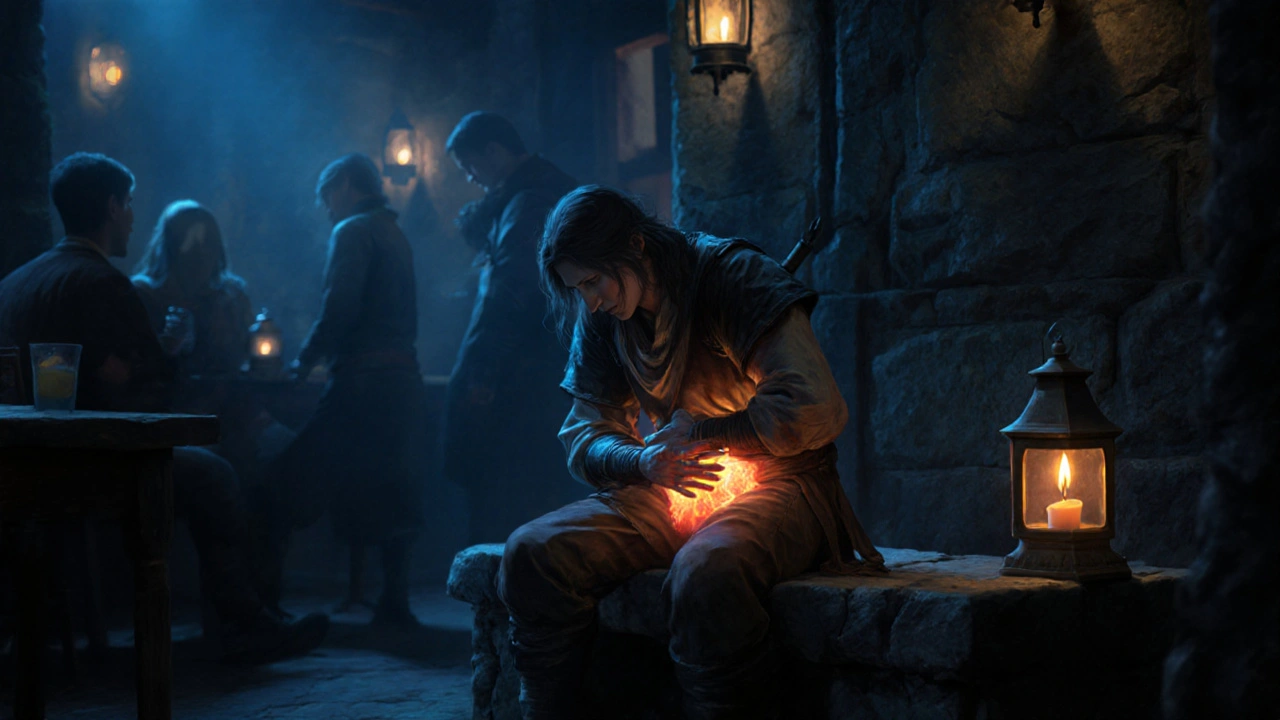Bladder Pain: Causes, Diagnosis, and Relief Options
When dealing with bladder pain, a feeling of discomfort, pressure, or burning in the lower abdomen that often worsens with urination. Also known as suprapubic discomfort, bladder pain encompasses several underlying conditions. One common trigger is urinary tract infection, a bacterial invasion that inflames the bladder lining and creates sharp burning sensations, which typically requires antibiotics. A chronic counterpart is interstitial cystitis, a long‑term bladder inflammation that produces persistent pressure and pain without infection. Another frequent player is overactive bladder, a condition marked by sudden urges and occasional leakage, often accompanied by mild ache. Finally, pelvic floor dysfunction, muscle tension or weakness around the bladder that can amplify pain during voiding often worsens the experience. In short, bladder pain requires accurate diagnosis, because the right treatment hinges on the exact cause. Medication, lifestyle changes, and physical therapy all influence the level of discomfort, making a tailored plan essential.
Key Factors to Consider When Managing Discomfort
First, pinpoint the symptom pattern. Acute burning after a few hours, fever, and cloudy urine usually signal a urinary tract infection, prompting a urine culture and a brief course of antibiotics. Chronic, dull pressure that lingers for months, especially after meals or stress, points toward interstitial cystitis; here, cystoscopy and bladder‑distention tests help confirm the diagnosis. Overactive bladder often reveals itself through frequent trips to the bathroom and sudden urges, which a bladder diary can quantify. Pelvic floor dysfunction is best identified by a physical exam that assesses muscle tone and coordination. Understanding these distinctions enables clinicians to match the appropriate therapy—whether it’s a short‑term antibiotic, a prescription like pentosan polysulfate for interstitial cystitis, anticholinergic agents for overactive bladder, or guided pelvic floor exercises.
Once the root cause is clear, relief strategies become straightforward. For infections, finish the full antibiotic regimen even if symptoms fade quickly. Chronic conditions benefit from a combination of oral meds, bladder‑instillation therapies, and dietary tweaks—think low‑acid, low‑caffeine foods to reduce irritation. Physical therapy focusing on the pelvic floor can loosen tight muscles and restore normal bladder function, cutting down on both pain and urgency. Simple self‑care steps, such as drinking adequate water, timing bathroom visits, and practicing gentle stretching, also play a big role. By weaving together accurate diagnosis, targeted medication, and lifestyle adjustments, you can significantly ease bladder pain and get back to everyday activities. Below, you’ll find a curated set of articles that dive deeper into each of these topics, offering practical tips and the latest research to help you take control of your comfort.
Explore how chronic cystitis pain affects emotions and learn practical coping strategies, mental‑health tips, and when to seek professional help for lasting relief.

 Pharmacology
Pharmacology